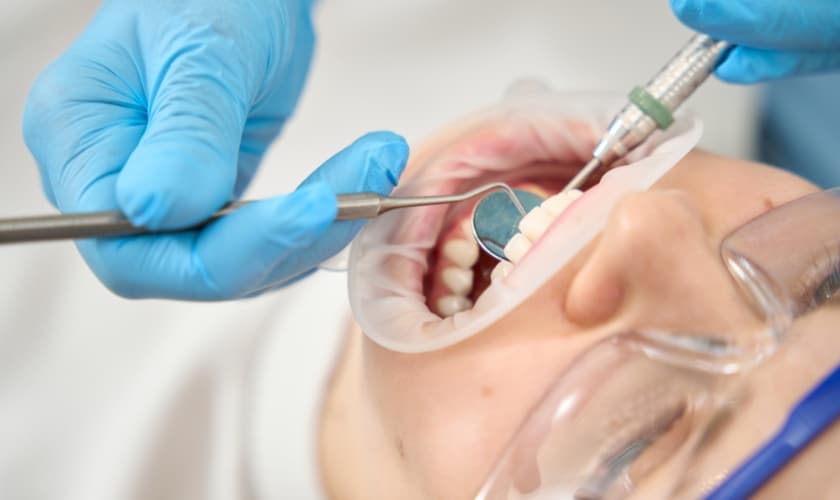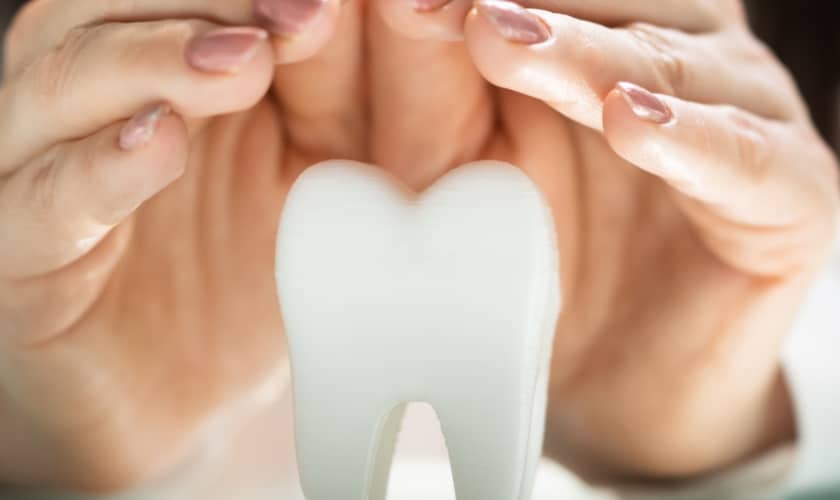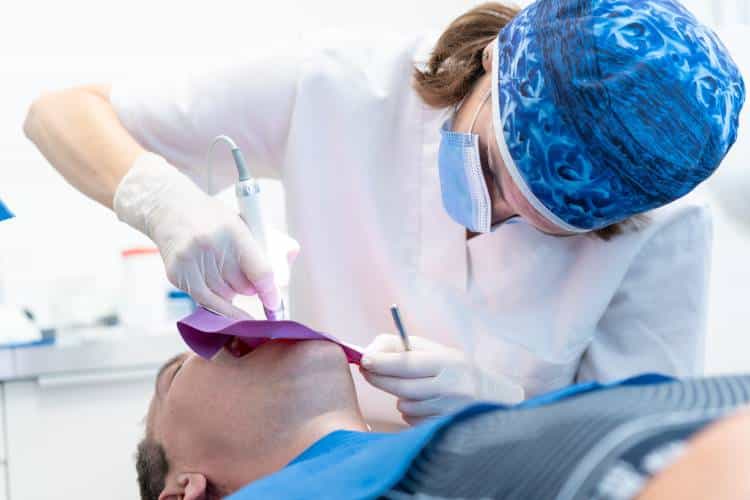Facing the prospect of tooth extraction can be daunting, but understanding the process and what to expect can ease anxiety and promote better oral health outcomes. In this comprehensive guide, we’ll walk you through everything you need to know about tooth extraction, from reasons for extraction to aftercare tips. Whether you’re preparing for the procedure or simply seeking information, this guide aims to provide valuable insights to help you navigate the journey with confidence.
Understanding Tooth Extraction
Tooth extraction is the removal of a tooth from its socket in the jawbone. While it may sound intimidating, it is a common dental procedure performed for various reasons. Some of the most common reasons for tooth extraction include severe tooth decay, advanced gum disease, impacted wisdom teeth, and overcrowding.
The Procedure
Before the extraction, your dentist will conduct a thorough examination, including X-rays, to assess the condition of the tooth and surrounding tissues. During the procedure, local anesthesia is typically administered to numb the area and minimize discomfort. In some cases, sedation may also be used to help you relax.
Once the area is numb, the dentist will carefully loosen the tooth from its socket using specialized instruments. Depending on the complexity of the extraction, the tooth may be removed in one piece or divided into smaller pieces for easier removal. After the tooth is extracted, the area may be stitched closed to aid in healing.
Aftercare Tips
- Proper aftercare is essential for a smooth recovery following tooth extraction. Here are some practical tips to help promote healing and minimize discomfort:
- Follow your dentist’s instructions regarding pain medication and antibiotics.
- Apply ice packs to the affected area to reduce swelling and discomfort.
- Avoid vigorous rinsing or spitting for the first 24 hours to prevent dislodging the blood clot.
- Stick to soft foods and liquids for the first few days, gradually reintroducing solid foods as tolerated.
- Avoid smoking and drinking through a straw, as these activities can hinder healing.
- Maintain good oral hygiene by gently brushing and flossing, being careful to avoid the extraction site.
Potential Complications
While tooth extraction is generally safe, complications can occur. These may include infection, excessive bleeding, dry socket and nerve damage. It’s essential to contact your dentist immediately if you experience severe pain, swelling, or other concerning symptoms after the procedure.
tooth extraction is a common dental procedure that can improve oral health and alleviate discomfort caused by damaged or problematic teeth. By understanding the process and following proper aftercare guidelines, you can ensure a smooth recovery and minimize the risk of complications. If you’re considering tooth extraction or have been advised by your dentist to undergo the procedure, don’t hesitate to reach out for professional guidance and support. Your oral health matters, and we’re here to help you every step of the way.





